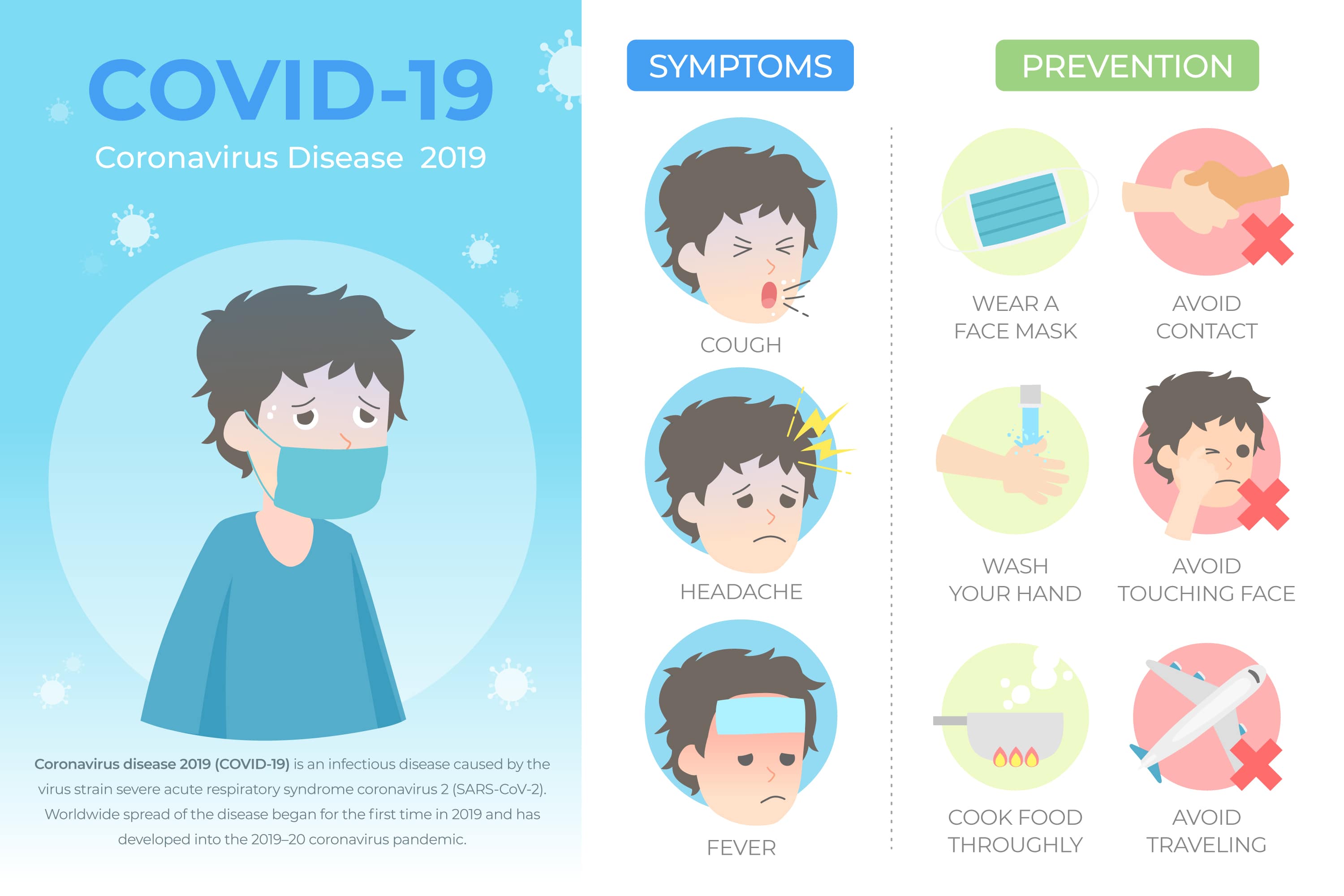CDC provides Interim Guidance for Businesses and Employers to Plan and Respond to COVID-19
The Centers for Disease Control and Prevention (CDC) offers guidance in order to plan, prepare and respond to the novel coronavirus. The interim guidance is based on the current knowledge about the coronavirus disease 2019, which is a respiratory illness that can spread from person to person. The outbreak of the virus began in China, but as it continues to spread internationally, it has been declared a pandemic by the World Health Organization.
The CDC will update the interim guidance as additional information becomes available. On March 21st 2020, some changes were added, regarding updates for cleaning and disinfection guidance, updates for best practices for conducting social distancing, and updates for strategies and recommendations that can be implemented now to respond to COVID-19. Also, CDC offers Industry Guidance regarding Resources for Airlines, and Resources for the Ship Industry.
The purpose of the interim guidance is to help prevent workplace exposures to COVID-19 in non-healthcare settings – there is some separate guidance provided for healthcare – as well as planning considerations for community spread of the coronavirus.
According to the Occupational Safety and Health Administration (OSHA), the majority of American employees will likely experience low or medium exposure risk levels at their workplace. Businesses and employers can help with the prevention of COVID-19, slowing the spread of the disease. Therefore, businesses are strongly encouraged to coordinate with local and state health officials. Employers should be prepared to refine their business response plans if necessary, and plan to respond in a flexible way to varying levels of disease transmission in the community. Each and every employer needs to consider the best way to decrease the spread of the coronavirus and lower its impact in their workplace. This includes activities like reducing transmission among employees, maintaining healthy business operations, and maintaining a healthy work environment.
It is very important to actively encourage sick employees to stay home in order to reduce transmission among employees. If any employee experiences symptoms like fever, cough, or shortness of breath, they should notify their supervisor and stay home. Furthermore, sick employees should follow the steps recommended by the CDC, and should not return to their workplace until the criteria for discontinue home isolation are met (in consultation with healthcare providers and state and local health departments). Employees who are well themselves, but have a family member at home that is positive with coronavirus, should also notify their supervisor and follow the CDC recommended precautions.
It is crucial to identify where and how workers might be exposed to COVID-19 at work. It should be ensured that employees who may be at higher risk for serious illness, such as older adults or those suffering from chronic medical conditions, are assigned work tasks that allows them to maintain a distance to their co-workers, or telework if possible.
Also, it is important to separate sick employees (who appear to have symptoms of the coronavirus) immediately and send them home. In addition, if an employee is confirmed to be infected with COVID-19, fellow employees must be informed of their possible exposure to the virus in the workplace, but nevertheless maintaining confidentiality, as required by the Americans with Disabilities Act (ADA). The co-workers of the infected person should then self-monitor for symptoms.
Furthermore, employees should be educated about ways in which they can contribute to reducing the spread of the coronavirus. Such steps to protect themselves include following the policies and procedures suggested by employers related to illness, cleaning and disinfecting, and work meetings and travel. Also, washing the hands with soap often and avoid touching the face with unwashed hands, and covering mouth and nose with a tissue or the inside of the elbow when coughing or sneezing are recommended measures to contain the spread of the virus, as well as cleaning and disinfecting frequently touched objects and surfaces. To practice social distancing by avoiding gatherings and keeping about 2 meters of distance to others are further recommendations.
The CDC also gives some advice on how to maintain healthy business operations. For example, it is suggested to identify a workplace coordinator who will be responsible for COVID-19 issues and their impact at the workplace. Also, it is recommended to implement flexible sick leave and supportive policies and practices, and make sure that employees are aware of and understand these policies.
Employers should assess their essential functions and the reliance that others and the community have on their services and products. This involves for example being prepared to change business practices if necessary, in order to maintain critical operations; identify alternate supply chains for critical goods and services; or talk with business partners about the company´s response plans.
Also, it is important to determine how the company will operate if absenteeism spikes from the increases in absent employees (due to their own sickness or sick family members). Considering establishing policies and practises for social distancing is another important point of the guidance.

Some steps that can be taken to maintain a healthy work environment are:
- considering improving the engineering controls of the building ventilation system
- supporting respiratory etiquette and hand hygiene for employees, customers and worksite visitors
- performing routine environmental cleaning and disinfection
- performing enhanced cleaning and disinfection after persons are suspected or confirmed to have COVID-19 have been in the facility
- advising employees before traveling to take additional preparations, ore
- taking care when attending meetings and gatherings
Related links
Main menu






